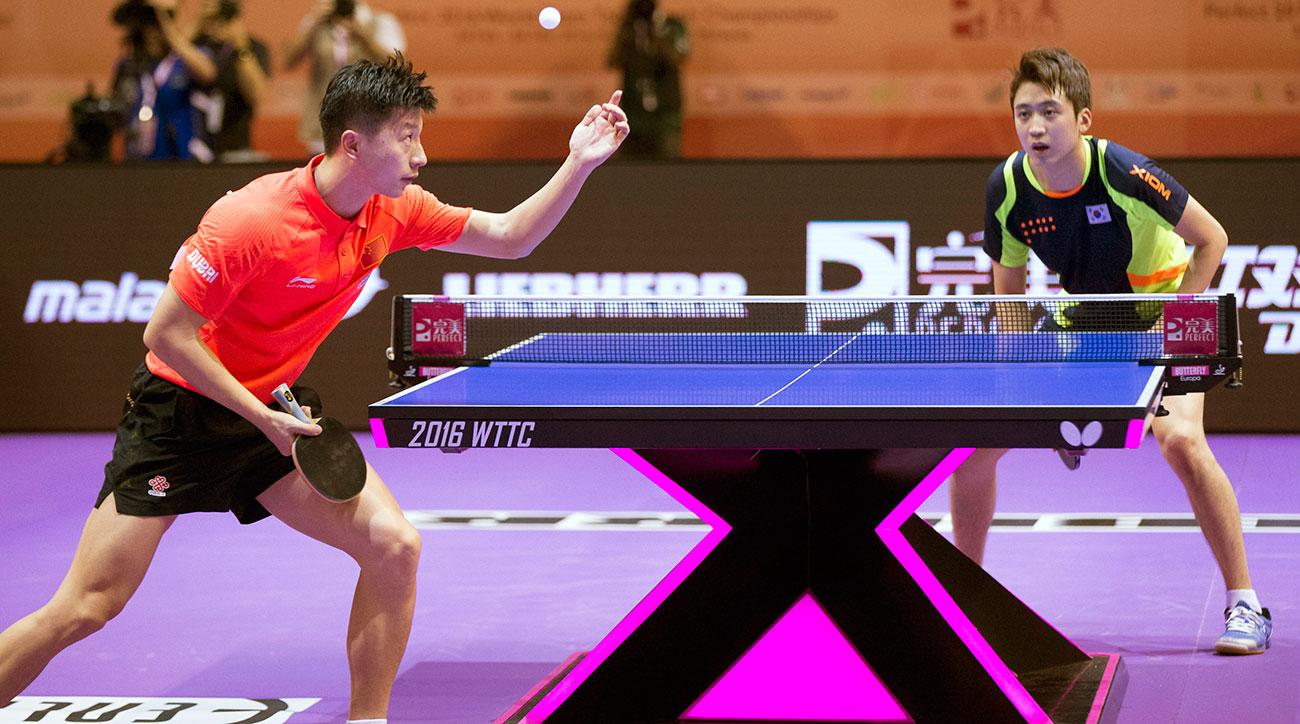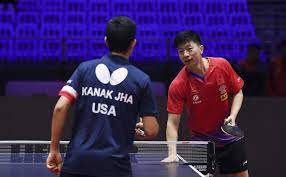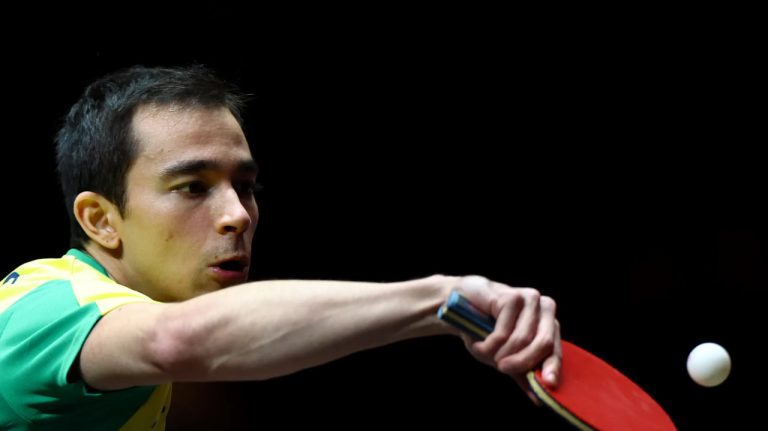Getting to Know the Sport of Table Tennis

At its core, table tennis mimics lawn tennis in miniature. Two competitors stand on opposite sides of a small net dividing a rectangular playing surface, paddles in hand. Their shared objective is to smash a featherlight, hollow plastic ball over the net, aiming for the far edge of the opponent’s zone. To triumph, a player must move the ball with such speed and spin that their rival cannot swiftly return it. This deceivingly complex game of agility and strategy has blossomed into a celebrated sport across the globe. While casual players simply volley for recreational enjoyment, numerous professional leagues and tournaments, especially in China and Japan, have fostered elite competition. The world’s best table tennis athletes have elevated the sport to dazzling heights, requiring extreme precision, blistering reflexes and strategic mastery to excel. Though the equipment is compact, make no mistake; the intensity and skill on display in a championship table tennis match rival that found in any other major sport.
Though table tennis looks straightforward, it is in fact a complex and highly competitive sport. In this beginner’s guide, 24hscore helps readers unpack the fundamentals of competitive table tennis, from key techniques and tactics to rules and regulations.

Origins and Early Days
In the dawn of the 20th century in England, a captivating game was born, initially dubbed Ping-Pong as a trademark. However, the nomenclature underwent a transformation in 1921–22 when the resurrected Ping-Pong Association opted for the name table tennis. Although the initial association dissolved around 1905, the game persisted in various pockets of England, spreading globally by the 1920s. In 1926, a monumental moment arrived with the formation of the Fédération Internationale de Tennis de Table (International Table Tennis Federation), spearheaded by representatives from Germany, Hungary, and England.
Global Dominance and Challenges
The inaugural world championships unfolded in London in 1926, witnessing a central European stronghold until 1939, where Hungary claimed the men’s team event nine times and Czechoslovakia twice. Transitioning into the mid-1950s, Asia emerged as a breeding ground for champions, notably China dominating the individual and team events from then onwards. Noteworthy is the phenomenon of “Ping-Pong diplomacy” during the 1970s, where diplomatic tensions between China and the United States eased through highly publicized table tennis matches.
Olympic Recognition and Beyond
Table tennis earned its spot in the Olympic arena in 1988, introducing singles and doubles competitions for both men and women. The game’s equipment, rules, and play are elegantly simple. The rectangular table, standing 30 inches above the floor, is complemented by a net extending 6 feet in length. The spherical ball, once crafted from white celluloid, transitioned to a celluloid-like plastic in 1969. Rackets, usually wooden and flat, may sport stippled rubber on one side and sponge rubber on the other, each side distinguished by color.
The Art of Play
A match is determined by the best of odd-numbered games, each requiring the first player to reach 11 points or secure a two-point lead after both players reach 10 points. The serve, executed from behind the table, demands precision as the ball traverses its path from server to opponent’s court. Spin, once a tactical weapon, was universally banned in 1937, ensuring fair play. Strategic prowess takes center stage, with players altering the game’s speed, direction, and spin to outmaneuver opponents.
Evolution and Adaptation
Table tennis, a game of finesse and strategy, has evolved from its leisurely beginnings. Slow or defensive play, once predominant, faced restrictions to maintain the game’s vitality. The Expedite System was introduced to expedite matches that linger, ensuring a dynamic and engaging spectator experience. Beyond competitive realms, table tennis thrives as a recreational pursuit, enjoyed in diverse settings, from sports clubs and social gatherings to homes and serene outdoor environments. The journey of table tennis, from its English roots to a global phenomenon, stands as a testament to the sport’s enduring appeal and adaptability.

Conclusion
The journey of table tennis from its early days in England through Europe’s triumphs to the emergence of Asian players has crafted a vibrant and diverse narrative. From its Ping-Pong origins to its Olympic status, table tennis has transcended mere entertainment, becoming an artistry of strategy and technique. Its ceaseless evolution, adaptability to the times, and widespread appeal have fostered a diverse community where table tennis is not just a game but a cultural nexus—uniting people in shared passion for the sport, regardless of background or borders.



